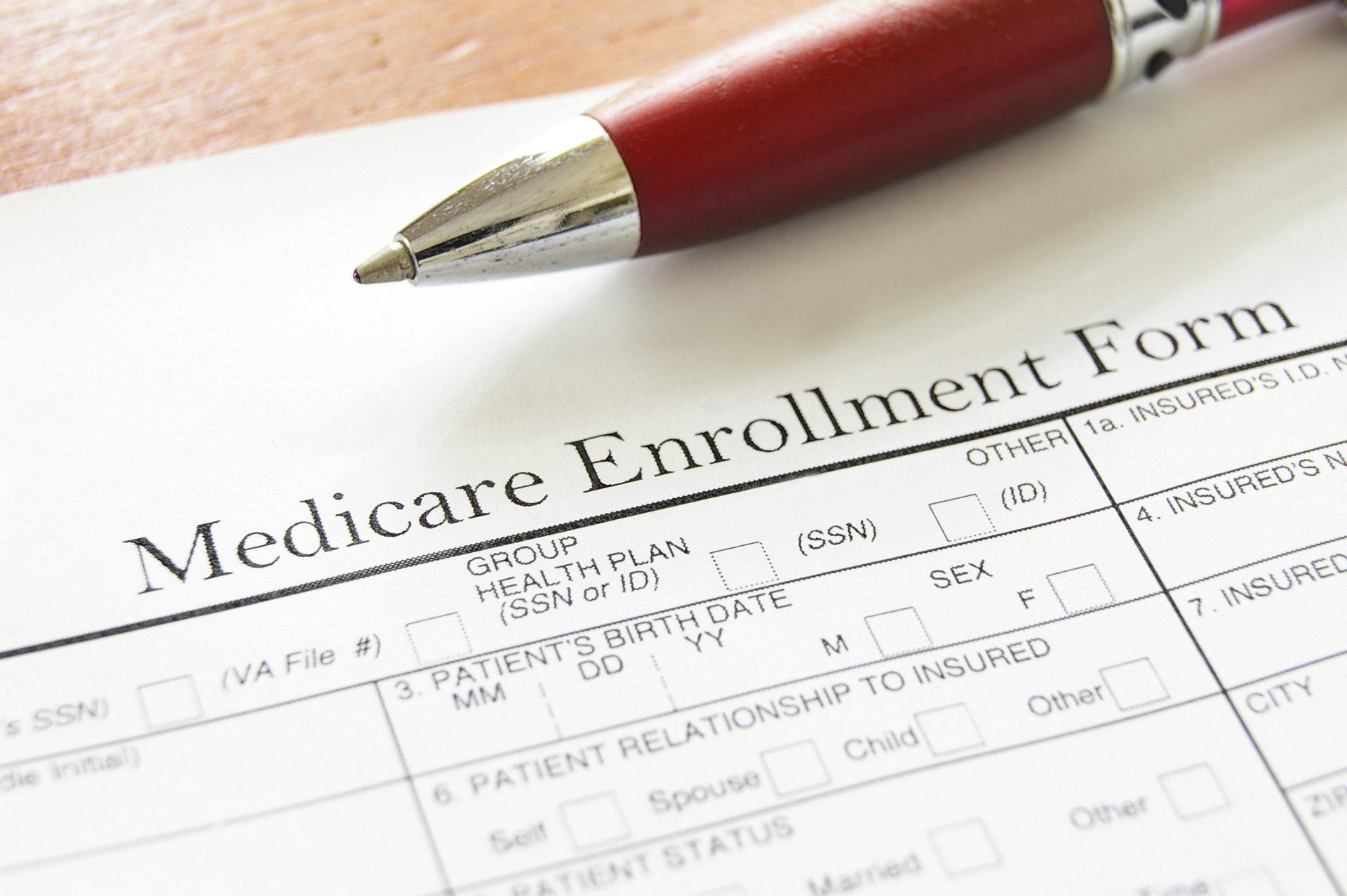Medicare
Get Started With Medicare
Who is Eligible for Medicare?
Someone who is a U.S. citizen or legal resident for at least five consecutive years AND is one of the following:
- Age 65 or older
- Younger than 65 with a qualifying disability
- Any age with a diagnosis of end-stage renal disease or ALS
Your Plan Choices Don't Have to be Permanent
As your health care needs change, you can change plans to best meet them. You're not locked in to one plan permanently. You'll have an opportunity to change plans at least once a year during the Medicare Open Enrollment Period (October 15 - December 7). Keep in mind there may be limitations to rejoining a Medicare employer-sponsored plan.
Medicare Basics
There are two main ways to get Medicare coverage.
You can choose Original Medicare (Parts A and B), which is provided by the federal government. Original Medicare includes Part A for hospital stays and Part B for doctor visits.
OR
You can choose a Medicare Advantage (Part C) plan from a private insurance company. Medicare Advantage plans combine Part A and Part B coverage, and many also include prescription drug coverage as well as additional benefits, such as routine hearing and vision care.
You will pay a share of your costs.
- Original Medicare doesn’t pay for everything, and there is no limit on your out-of-pocket costs
- No matter what type of Medicare plan you choose, you will pay a share of your costs through monthly premiums, deductibles, co-pays and co-insurance
All-In-One Medicare Plan insurance plans help pay some of your out‑of‑pocket costs.
All-In-One Medicare insurance plans, which are sold by private insurance companies, help pay for some of the expenses not covered by Original Medicare, like deductibles and co-pays.
There are two ways you can get coverage for prescription drugs.
You can enroll in a stand-alone Part D prescription drug plan to go with your Original Medicare coverage. Part D plans are sold by private companies.
OR
You can enroll in a Medicare Advantage (Part C) plan that includes prescription drug coverage. Part C plans are also sold by private companies.
Know the choices in your state.
- Original Medicare (Parts A and B) is the same across the U.S.
- Medicare Advantage (Part C) plans and prescription drug (Part D) plans may be available in only certain counties, states or regions
- All-In-One Medicare insurance plans help pay some of your out-of-pocket costs. They travel with you nationwide. Not all plans are available in all states
Enroll at the right time.
Your Initial Enrollment Period (IEP) is your first chance to enroll in Medicare. Your IEP is seven months long and includes the three months before the month you turn 65, your birthday month and the three months after your birthday month.
- If you enroll before the month you turn 65, your coverage starts the first day of your birthday month
- If you enroll during your birthday month or later, your coverage start date could be delayed
- If you’re under 65 and have a qualifying disability, you are automatically enrolled in Part A and Part B after you get Social Security or Railroad Retirement benefits for 24 months
- If you’re under 65 and have ALS, you are automatically enrolled in Part A and Part B the first month you get disability benefits from Social Security or the Railroad Retirement Board
You can review your choices once a year.
After you choose your Medicare coverage, you can make changes each year during Medicare Open Enrollment, which is from October 15 to December 7.
You may be eligible for a Special Enrollment Period.
You may be able to switch your Medicare coverage during a Special Enrollment Period (SEP) if you have certain life changes, such as:
- You retire and leave a health care plan offered by your employer or union
- You move out of your current plan’s service area
Our Location
8310 Northwest 39th Expressway
Bethany, OK 73008
Services
Andrew Six Insurance Agency

